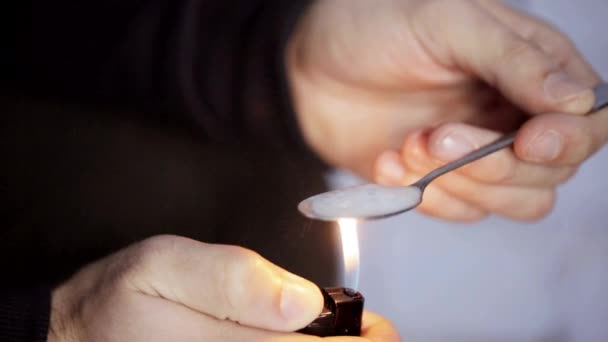ADVERTS
How is Crack made and where is it found?
Popularly known as Crack, benzoylmethylecgonine is extracted from the leaves of the Erythroxylon coca plant, in the form of a paste, being an alkaloid substance.
Crack is a drug found in Central and South America, usually consumed in smoking pipes. Consumed by people from different social classes, from different cities in the country, proving a great concern, since there are more than 600,000 dependent users in Brazil.
ADVERTS
It is five times more potent than cocaine and its easy access due to its low cost means that there are more followers, even in the face of campaigns against its use and the presentation of the harm caused by addiction.
What happens to the user after use?
The use of crack causes dopamine, the substance responsible for feelings of euphoria, pleasure and excitement, to remain in the body for longer. In excess, it causes paranoid symptoms.
Similar to the use of cocaine, the individual will seek more sensations, causing the individual to seek greater concentrations and quantities, becoming dependent and affecting their health and social relationships, which may lead them to commit crimes to obtain the drug.
What are the consequences of using Crack?
ADVERTS
The main consequences are: loss of neurons, loss of memory, self-control and concentration.
Studies indicate that around 30% of users lose their lives within a period of five years – either due to the drug itself or as a result of its use (suicide, involvement in fights, “accountability” with drug dealers, risky behavior in search of of drugs – such as prostitution, etc.). In the case of prostitution, the risk of contracting AIDS and other STDs increases and, as the immune system of dependent users is increasingly weakened, the consequences are very worrying.
How to overcome Crack addiction?
Addiction is overcome with medical help, support, encouragement and, above all, the individual's desire to leave the addiction. In general, hospitalizations occur so that the person can receive specialized training to overcome all stages of addiction.

